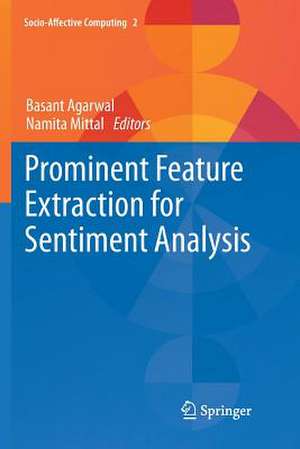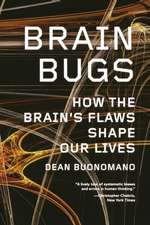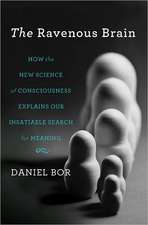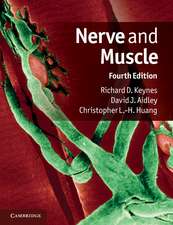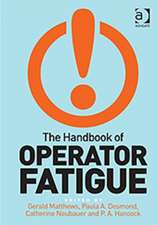Prominent Feature Extraction for Sentiment Analysis: Socio-Affective Computing, cartea 2
Autor Basant Agarwal, Namita Mittalen Limba Engleză Paperback – 28 mar 2019
Authors pay attention to the four main findings of the book :
-Performance of the sentiment analysis can be improved by reducing the redundancy among the features. Experimental results show that minimum Redundancy Maximum Relevance (mRMR) feature selection technique improves the performance of the sentiment analysis by eliminating the redundant features.
- Boolean Multinomial Naive Bayes (BMNB) machine learning algorithm with mRMR feature selection technique performs better than Support Vector Machine (SVM) classifier for sentiment analysis.
- The problem of data sparseness is alleviated by semantic clustering of features, which in turn improves the performance of the sentiment analysis.
- Semantic relations among the words in thetext have useful cues for sentiment analysis. Common-sense knowledge in form of ConceptNet ontology acquires knowledge, which provides a better understanding of the text that improves the performance of the sentiment analysis.
| Toate formatele și edițiile | Preț | Express |
|---|---|---|
| Paperback (1) | 632.05 lei 6-8 săpt. | |
| Springer International Publishing – 28 mar 2019 | 632.05 lei 6-8 săpt. | |
| Hardback (1) | 638.11 lei 6-8 săpt. | |
| Springer International Publishing – 18 dec 2015 | 638.11 lei 6-8 săpt. |
Preț: 632.05 lei
Preț vechi: 743.59 lei
-15% Nou
Puncte Express: 948
Preț estimativ în valută:
120.94€ • 124.77$ • 100.93£
120.94€ • 124.77$ • 100.93£
Carte tipărită la comandă
Livrare economică 27 martie-10 aprilie
Preluare comenzi: 021 569.72.76
Specificații
ISBN-13: 9783319797755
ISBN-10: 3319797751
Pagini: 103
Ilustrații: XIX, 103 p. 10 illus., 2 illus. in color.
Dimensiuni: 155 x 235 mm
Greutate: 0.19 kg
Ediția:Softcover reprint of the original 1st ed. 2016
Editura: Springer International Publishing
Colecția Springer
Seria Socio-Affective Computing
Locul publicării:Cham, Switzerland
ISBN-10: 3319797751
Pagini: 103
Ilustrații: XIX, 103 p. 10 illus., 2 illus. in color.
Dimensiuni: 155 x 235 mm
Greutate: 0.19 kg
Ediția:Softcover reprint of the original 1st ed. 2016
Editura: Springer International Publishing
Colecția Springer
Seria Socio-Affective Computing
Locul publicării:Cham, Switzerland
Cuprins
Introduction.- Literature Survey.- Machine Learning Approach for Sentiment Analysis.- Semantic Parsing using Dependency Rules.- Sentiment Analysis using ConceptNet Ontology and Context Information.- Semantic Orientation based Approach for Sentiment Analysis.- Conclusions and FutureWork.- References.- Glossary.- Index.
Textul de pe ultima copertă
The objective of this monograph is to improve the performance of the sentiment analysis model by incorporating the semantic, syntactic and common-sense knowledge. This book proposes a novel semantic concept extraction approach that uses dependency relations between words to extract the features from the text. Proposed approach combines the semantic and common-sense knowledge for the better understanding of the text. In addition, the book aims to extract prominent features from the unstructured text by eliminating the noisy, irrelevant and redundant features. Readers will also discover a proposed method for efficient dimensionality reduction to alleviate the data sparseness problem being faced by machine learning model.
Authors pay attention to the four main findings of the book :
-Performance of the sentiment analysis can be improved by reducing the redundancy among the features. Experimental results show that minimum Redundancy Maximum Relevance (mRMR) feature selection technique improves the performance of the sentiment analysis by eliminating the redundant features.
- Boolean Multinomial Naive Bayes (BMNB) machine learning algorithm with mRMR feature selection technique performs better than Support Vector Machine (SVM) classifier for sentiment analysis.
- The problem of data sparseness is alleviated by semantic clustering of features, which in turn improves the performance of the sentiment analysis.
-Semantic relations among the words in the text have useful cues for sentiment analysis. Common-sense knowledge in form of ConceptNet ontology acquires knowledge, which provides a better understanding of the text that improves the performance of the sentiment analysis.
Authors pay attention to the four main findings of the book :
-Performance of the sentiment analysis can be improved by reducing the redundancy among the features. Experimental results show that minimum Redundancy Maximum Relevance (mRMR) feature selection technique improves the performance of the sentiment analysis by eliminating the redundant features.
- Boolean Multinomial Naive Bayes (BMNB) machine learning algorithm with mRMR feature selection technique performs better than Support Vector Machine (SVM) classifier for sentiment analysis.
- The problem of data sparseness is alleviated by semantic clustering of features, which in turn improves the performance of the sentiment analysis.
-Semantic relations among the words in the text have useful cues for sentiment analysis. Common-sense knowledge in form of ConceptNet ontology acquires knowledge, which provides a better understanding of the text that improves the performance of the sentiment analysis.
Caracteristici
Includes a novel semantic parsing scheme which may be applied to many Natural language processing tasks Provides an efficient machine learning approach for sentiment analysis Easy to understand and deployable
